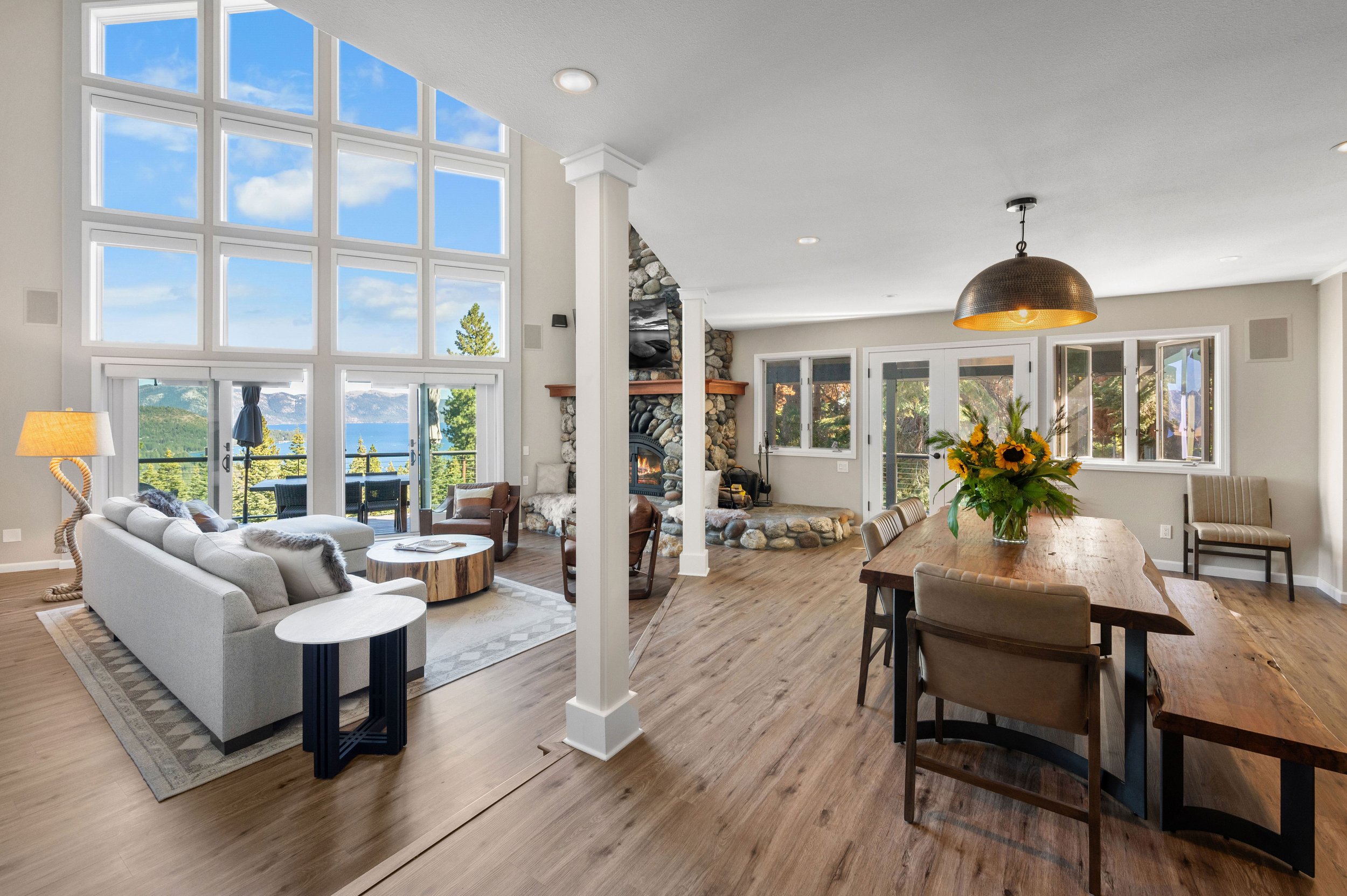Should Mid- to Long-Term Stays Be a Part of Your STR Strategy?
Why Mid- to Long-Term Stays?
Vacation rental owners may consider shifting to a mid-term or long-term rental strategy for various reasons, such as seeking more free time or adapting to changes during a market downturn. While these types of stays come with their own challenges, incorporating them into your business strategy offers several advantages worth exploring.
In today’s blog, we’ll dive into the differences between short-term, mid-term, and long-term rentals before jumping into how longer stays can benefit you. Finally, we’ll finish off with some tips for making these longer stays a success.
What is a Short-Term Stay vs Mid-Term Stay vs Long-Term Stay?
In the rental world, there are three types of rental lengths: short, mid-term, and long-term. Explore with us as we dive into each of these in detail below.
Short-Term Stays: In general, short-term rentals are those that are able to be rented out for a short period of time, whether that’s anywhere from one day all the way to 30 days, the typical nightly limit on sites like Vrbo and Airbnb. The potential for profit is higher on STRs than on any other rental length, but there is a lot of work involved with scheduling cleans, repairing damages from guests, and dealing with wear and tear on your property. Usually, short-term rentals will be found most often in popular tourist and travel destinations.
Mid-Term Stays: Mid-term rentals are perhaps the least known of the three rental lengths, offering stays between one month up to three months (or even six months in some cases). Although there has recently been more demand for these types of rentals, they are still fairly uncommon. Typical markets for these rentals include digital nomads, travel nurses, and traveling business workers.
Long-Term Stays: Long-term stays are the longest of all rental lengths, usually lasting between six months to a year. In this situation, renters will typically sign a lease or rental agreement. Of all three, long-term stays offer the smallest profit margin, but are also much less expensive to run and require much less work than short-term or mid-term rentals.
How Longer Stays Can Be Beneficial to Your STR Strategy
Longer Stays Can Allow You to Target New Markets
Focusing on a short-term rental strategy is a great way to maximize profits, but if you’re hoping to cut back on the daily legwork and still enjoy the revenue, allowing longer-term stays can help you in reaching new, previously-untapped markets.
Mid-term rentals in particular are ripe for these new demographics, since audiences like students, digital nomads, travel nurses, or traveling business professionals will inevitably need to utilize these types of rentals. When you add in mid-term or even long-term stays into your strategy, you’ll be able to find even more guests than you would’ve before.
Lower Turnover Means Less Wear and Tear, Cleaning, and Maintenance
Adding in a mid-term or long-term rental into the mix can have a ton of benefits, but the one that stands out the most is lower turnover. Because guests can stay for long periods of time, they’ll typically need less cleaning and maintenance work than those who only stay for short periods. Due to this, the cost of taking on mid-term or long-term guests is much lower than their short-term rental counterparts.
Overall, these savings of both money and time add up, leading to less of a hands-on approach from you as an owner while you’re still raking in the revenue.
Tips for Making Longer Term Stays a Success
Make Your Rental Feel Like a Home
When a guest comes to stay at your rental for longer than a month, of course they will want it to feel as close to home as possible. Add small touches to your furnishings that will impress your guests and make them feel right at home, such as investing in comfortable bedding and mattresses or setting up the home in a way that feels functional and uncluttered. Allow them to make the space their own while they are in it as well–this can go a long way towards making them feel more comfortable in the rental.
Stay Visible on Mid-Term and Long-Term Rental Channels
Advertising on short-term rental sites such as Airbnb and Vrbo that offer mid to long-term rentals is a good starting point, but if you really want to amplify your brand and visibility, it’s important to sign up for mid-term and long-term rental distribution channels as well. Check out sites that you would’ve overlooked otherwise, such as Zillow, Apartments.com, Kopa, and Furnished Finder, and sign up for these to ensure that you fill your rental for as long as you need to.
Find the Perfect STR Strategy with LocalVR’s Experts
Finding the right business strategy for your short-term rental can be a trying task, but allowing mid-term and long-term stays might just be the thing you need to amplify your rental business. However, if you’re unsure whether it’s the right strategy for you, think about reaching out to LocalVR, a full-service property manager, to have a chat with one of our local experts.
Interested in learning more ways to become a better vacation rental owner? Take a look at some of our other blogs, like how to deal with difficult Airbnb guests or our guide to marketing your STR for local events.





